E-commerce Expansion
The rapid expansion of e-commerce platforms is transforming the retail landscape for The Global Handbag Industry. Online shopping has become increasingly popular, providing consumers with convenient access to a diverse range of handbag options. Data suggests that online sales in the fashion sector, including handbags, are expected to account for over 30% of total sales by 2026. This shift not only enhances consumer reach but also allows brands to engage with a global audience. Furthermore, the integration of augmented reality and virtual try-on features is likely to enhance the online shopping experience, making it more interactive and appealing. As a result, brands that effectively leverage e-commerce strategies may capture a larger market share.
Sustainability Trends
Sustainability trends are increasingly shaping consumer preferences within The Global Handbag Industry. As awareness of environmental issues grows, consumers are gravitating towards brands that prioritize eco-friendly materials and ethical production practices. This shift is reflected in the rising demand for handbags made from sustainable materials, such as recycled plastics and organic fabrics. Market data indicates that the sustainable fashion segment is projected to grow at a rate of 9.7% annually, highlighting the potential for brands that adopt sustainable practices. By aligning their offerings with these values, companies can not only attract environmentally conscious consumers but also differentiate themselves in a crowded marketplace.
Influence of Social Media
The influence of social media on consumer purchasing decisions is a notable driver for The Global Handbag Industry. Platforms such as Instagram and TikTok have become vital marketing channels, where brands showcase their products through visually appealing content. This trend has led to the rise of influencer marketing, where endorsements from popular figures can significantly impact brand visibility and desirability. Recent statistics indicate that nearly 70% of consumers are influenced by social media when making fashion-related purchases. Consequently, brands that cultivate a strong online presence and engage with their audience through social media are likely to enhance their market position and drive sales.
Rising Disposable Incomes
The increase in disposable incomes across various demographics appears to be a pivotal driver for The Global Handbag Industry. As consumers experience enhanced financial flexibility, they are more inclined to invest in luxury and designer handbags. This trend is particularly evident in emerging markets, where a growing middle class is seeking premium products. According to recent data, the luxury handbag segment is projected to grow at a compound annual growth rate of approximately 5.5% over the next five years. This growth is indicative of a broader shift in consumer behavior, where quality and brand prestige are prioritized. Consequently, brands that align their offerings with the aspirations of affluent consumers are likely to thrive in this competitive landscape.
Customization and Personalization
The demand for customization and personalization in The Global Handbag Industry is becoming increasingly pronounced. Consumers are seeking unique products that reflect their individual styles and preferences. This trend is evident in the rise of brands offering bespoke handbag options, allowing customers to select materials, colors, and designs. Industry expert's indicates that personalized products can command a premium price, with consumers willing to pay more for items that resonate with their identity. As a result, brands that embrace customization strategies may enhance customer loyalty and drive repeat purchases, positioning themselves favorably in a competitive market.


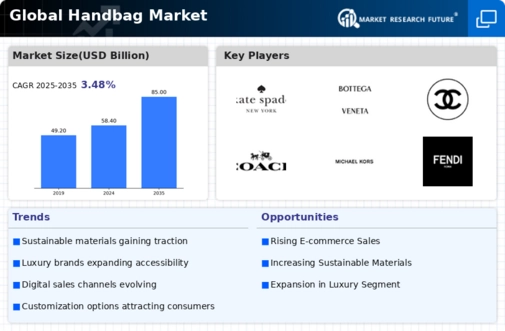
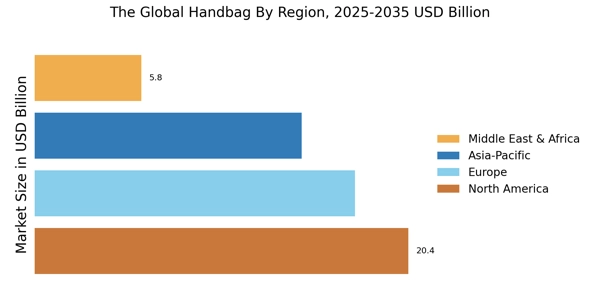
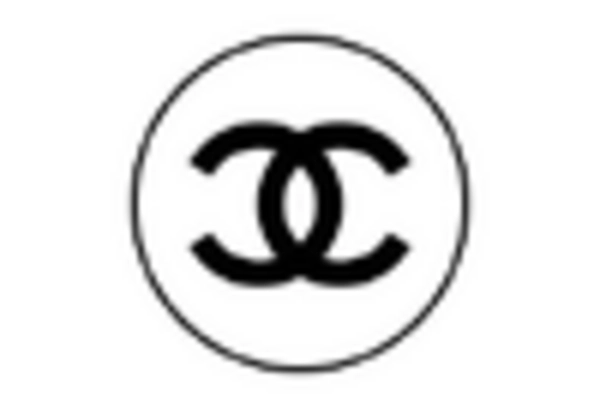

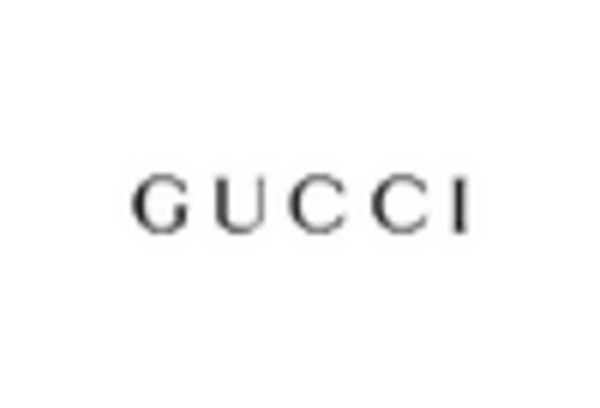
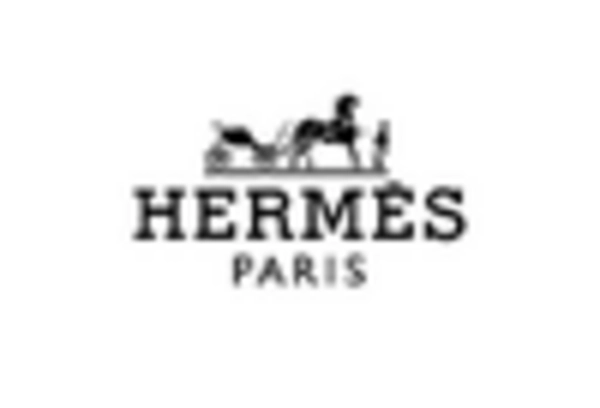
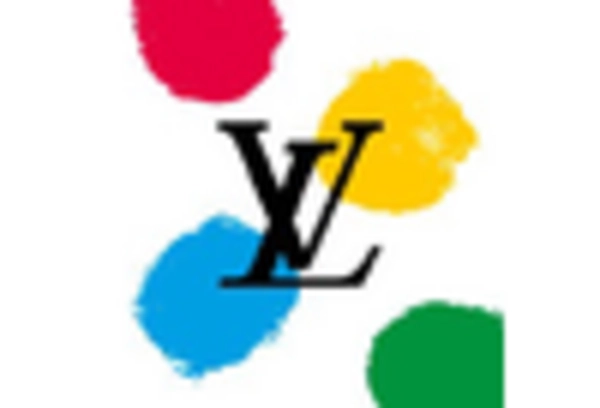









Leave a Comment